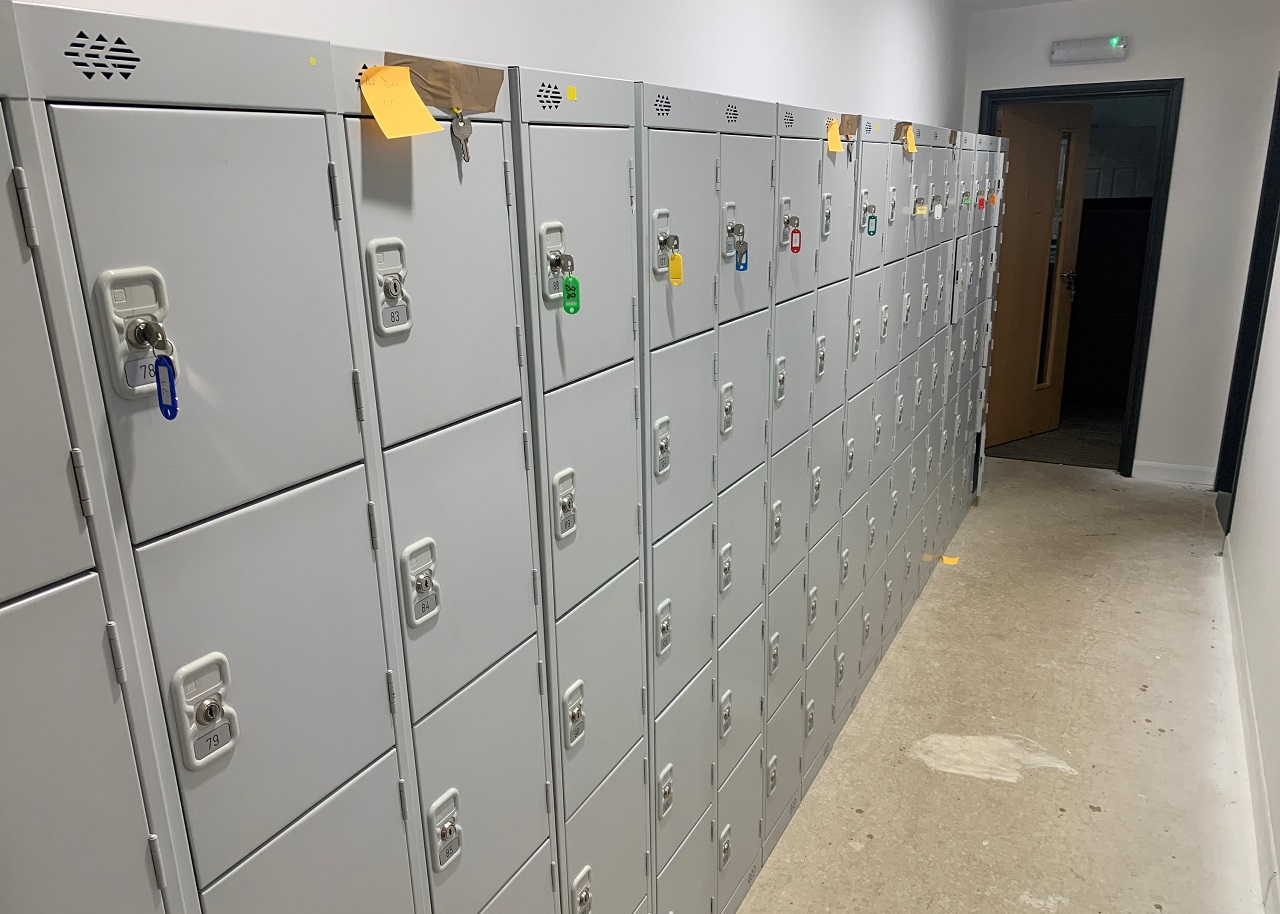Lockers are often overlooked pieces of furniture in our daily lives, blending seamlessly into the background of schools, gyms, and executive table workplaces. These seemingly ordinary storage units, however, hide a world of stories, secrets, and mysteries behind their metal doors. In this article, we’ll delve into the secret life of lockers and unveil some of their hidden mysteries.
The History of Lockers:
To understand the mysteries of lockers, it’s essential to explore their history. Lockers have a long and intriguing past. They were initially designed in the 19th century for the locker cabinet safe storage of personal belongings in schools and workplaces. These early lockers were rudimentary compared to the modern ones we see today, but they served the same purpose.
The Locker’s Silent Witness:
One of the most fascinating aspects of lockers is their role as silent witnesses to countless personal moments. Think about all the items people store in lockers: textbooks, clothes, gym equipment, and personal mementos. Each locker holds a piece of its owner’s life, and it quietly observes their joys, sorrows, and daily routines.
Locker Graffiti:
The interior of lockers often bears witness to the creative and sometimes rebellious spirit of their owners. Locker graffiti, though sometimes frowned upon, is a form of expression that allows individuals to leave their mark on a small, private canvas. Inside these metal compartments, you might find sketches, notes, stickers, and even declarations of love that provide glimpses into the personalities and interests of their owners.
Forgotten Treasures:
Lockers are a treasure trove of forgotten items. People frequently leave behind items that they no longer need or want, creating a time capsule of sorts. It’s not uncommon to find abandoned textbooks, clothing, or even valuable belongings like jewelry. These forgotten treasures become a source of curiosity for anyone who stumbles upon them.
Locker Codes and Combinations:
The combination lock is a quintessential feature of lockers. Memorizing those digits is a rite of passage for many students. But what happens when someone forgets their combination? Locksmiths often come to the rescue, revealing yet another layer of locker mysteries. The ability to unlock someone’s secrets can be both a skill and a responsibility.
Locker Room Talk:
The term “locker room talk” has become synonymous with private, often candid conversations among athletes. Locker rooms are spaces where teammates share victories, losses, and personal stories. These conversations, sometimes filled with humor and camaraderie, reflect the unique bonding experience that occurs within the confines of these metal compartments.
Locker Room Rituals:
Locker rooms also have their rituals and superstitions. Athletes may have lucky items stored in their lockers or engage in specific pre-game routines. These rituals, while seemingly trivial, play a significant role in the mental preparation of athletes and contribute to the locker’s mystique.
Locker Mysteries in Fiction:
The secret life of lockers has also made its way into popular culture and literature. Countless novels, movies, and television shows have featured lockers as essential plot devices. Think of the classic high school movie where a protagonist discovers a locker filled with love letters or a suspenseful thriller where a locker holds a vital clue to solving a mystery. These fictional portrayals reflect the fascination that lockers hold in our collective imagination.
Locker Security:
Lockers are designed to provide security, but they can also be vulnerable. Some people are adept at picking locks or finding clever ways to executive table gain access to locked compartments. The battle between locker security and those seeking to breach it is an ongoing mystery that keeps locker manufacturers on their toes.
Locker as a Symbol:
Beyond their practical use, lockers have also become symbolic. They represent a space of privacy and individuality in a world where personal space is often limited. For students, lockers are a small piece of territory that they can call their own, a place to express their identity in a sea of conformity.
The Locker’s Afterlife:
Once their primary users move on from school or work, lockers often find themselves in a second life. Some end up in thrift stores, flea markets, or even as decoration in trendy cafes. These retired lockers continue to hold their secrets and stories, even if in a different context.
In conclusion, lockers are more than just metal boxes for storage; they are repositories of memories, symbols of privacy, and witnesses to countless personal moments. Their history, the graffiti inside, the forgotten treasures, and their role in popular culture all contribute to the mysteries that surround them. While lockers may seem ordinary, they play a significant and often unappreciated role in our lives. The next time you pass by a row of lockers, take a moment to consider the secrets they may hold and the stories they may tell.



